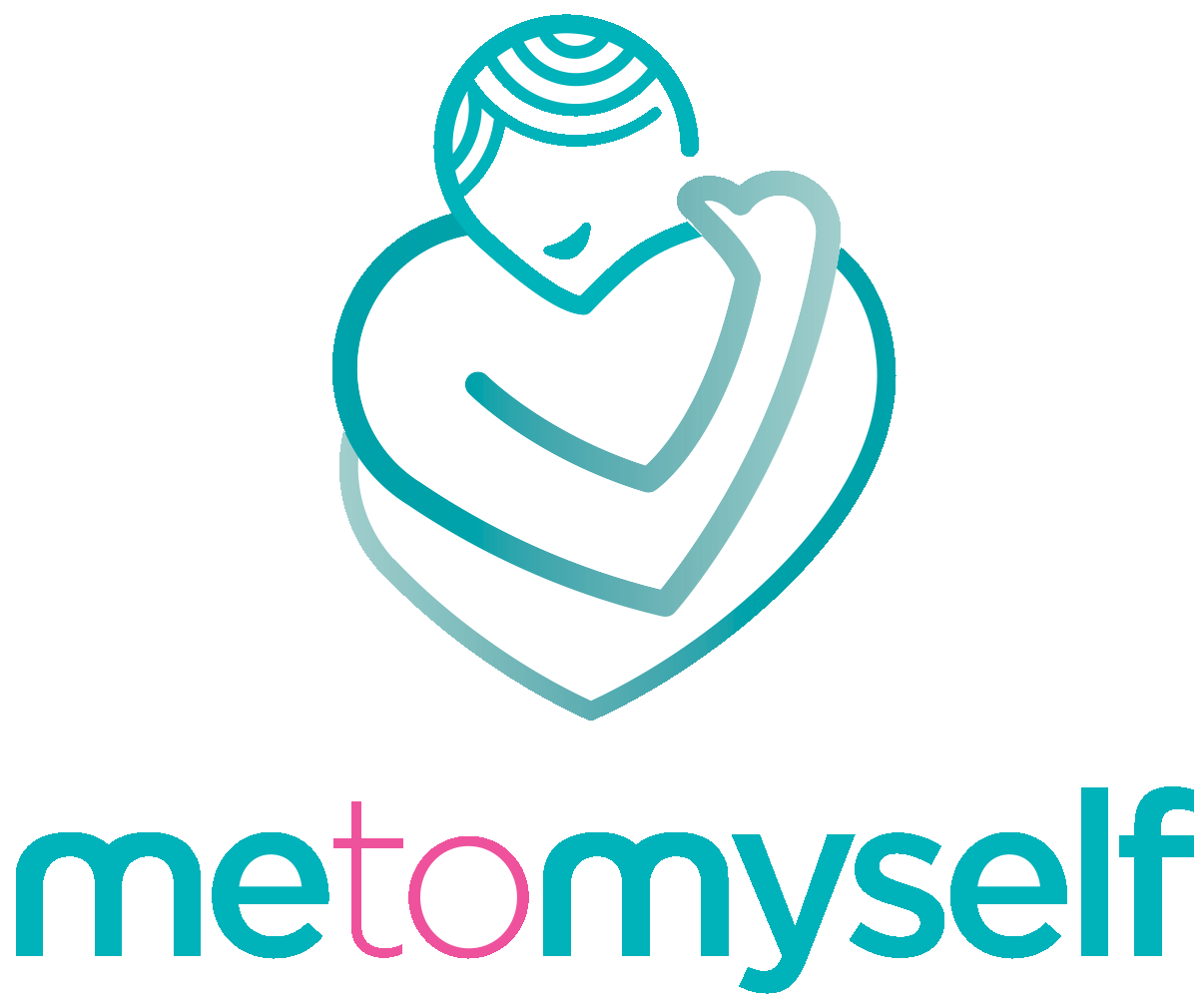Our emotional response to any perceived threat, be it internal or external, is basically what we know as anger. Thousands of years back when the human being was a hunter, fear and anger were useful in protecting us from danger. Advanced psychology now says that anger is, by extension, a form of the “flight or fight” response.
Anger is experienced differently by different people. Anger is also a learned or acquired emotion. For instance, someone may cry, someone may yell or someone may become completely withdrawn. And these expressions of anger are learned from our families.
In a nutshell, Our biological predispositions, along with the influence of the environment that we grew up in, establish the parameters of all our emotions and responses. Getting angry is natural and normal. What is important is to not let anger get the worse out of us.
Hence it is important to understand the triggers which make us angry and how we express anger.
Usually, there are 4 styles of expression: aggressive, passive/aggressive, passive, assertive.
1. Aggressive - is when the anger is let “loose” or externalized. Yelling, Shouting, Abusing, Hitting all of which culminate into a violent behavior is an aggressive form of expressing anger
2. Passive/Aggressive - is when the anger does not show on the outside but gnaws away on the inside. This could stem from the person being bought up in underprivileged conditions and/or being subject to unfair treatment and abuse. It could also stem from low self-esteem leading to jealousy
3. Passive - is when the anger is completely “locked up” or internalized. Ther person would be completely withdrawn and introvert. Could again suffer from low self-esteem leading to an inferiority complex.
4. Assertive - Is a healthy form of anger expression. It allows for appropriate management and communication or acceptance of the situation. It enables the angry person to heal quickly and also to forgive and move on easily.
In some cases, anger eclipses the other emotions which are less tolerable to a person; like fear, sorrow, despair, etc. Conversely, if anger is the less tolerable emotion then it will be eclipsed by other emotions like sorrow, helplessness, chronic fatigue, and so on. But never does the anger go away on its own; not when it is repressed or overshadowed by some other emotion or even displaced.
Displacement of anger or displaced anger is the channelization of our focus on some other thing away from the real problem that is making us angry.
Feeling angry is very normal and sadly neglecting the anger is rarely possible. Non-assertive ways of expressing anger can lead to the damage of interpersonal relationships, our peace of mind, and may take a toll on our bodies as well leading to dis-ease and stress-related issues.
Anger must be skillfully handled because unresolved anger leaves us in a state of emotional arousal perpetually, or instills in us a deep sense of helplessness. Anger may seem like an appropriate “escape” in the short run, but Anger is expensive and we stand to lose a great deal if we never confront the underlying cause.
A healthy way to prevent it from getting worse by not lashing out is to vent out healthily. You need to learn the skill to ‘respond’ instead of ‘reacting’. For responding, you will need to slow down, step back, and get a hold of your anger. Our judgments are clouded when we are in the grip of anger, so calming activities like deep breathing will help us relax and find our center.
Anger is like an iceberg; we can only feel the tip. The only and the wisest way to deal with anger is by understanding the problem, responding to it, and confronting the real underlying reason before it gets out of hand.

